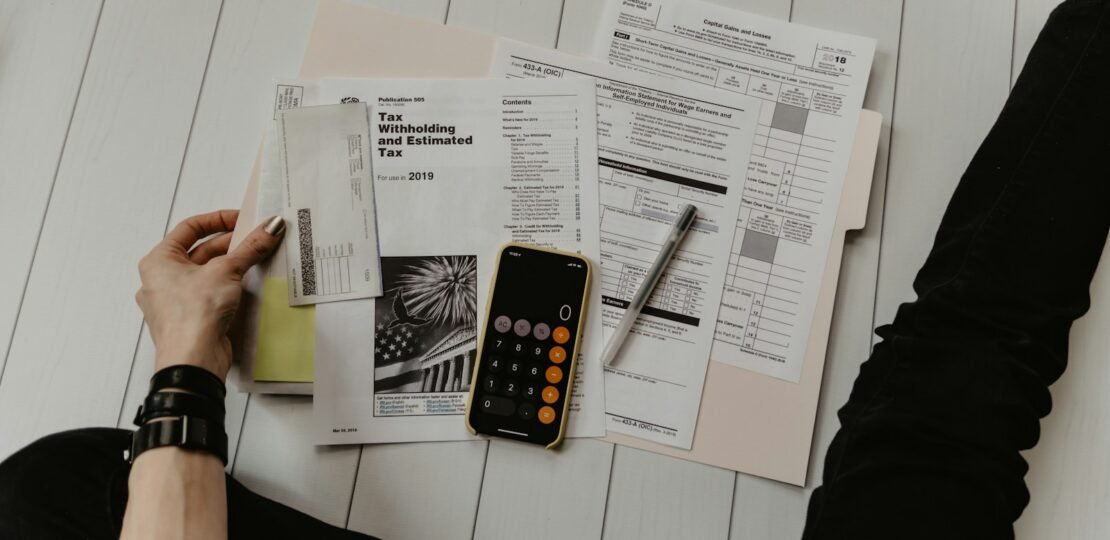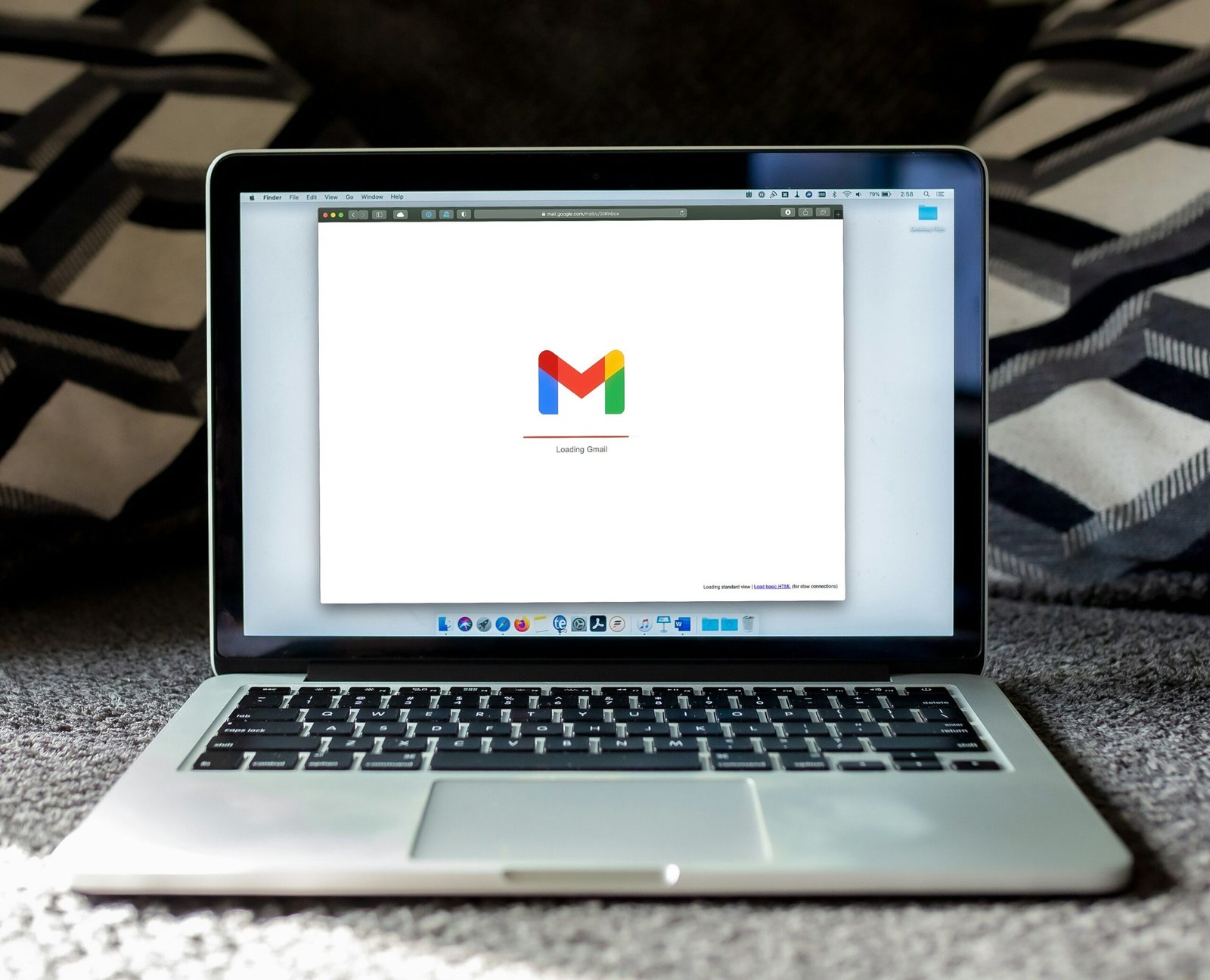2024 Personal Finance Goals: A Practical Guide for Beginners
January 30, 2024 | by Svenja

2024 Personal Finance Goals Guide – Unlock your financial potential in 2024 with our comprehensive guide to setting achievable financial goals. From building an emergency fund to creating a budget, our blog post offers practical steps and checklists to help you manage debt, start investing, and save for retirement. Perfect for beginners and seasoned savers alike, get ready to transform your financial future today!

As we approach the new year, it’s the perfect time to set financial goals for the future. Whether you’re looking to save for a big purchase, pay off debt, or simply improve your financial well-being, having clear and achievable goals can make a significant difference. In this blog post, we will discuss five personal finance goals that you can strive for in 2024.
1. Create a Budget and Stick to It
One of the most important steps in achieving financial stability is creating a budget. A budget helps you track your income and expenses, allowing you to identify areas where you can save or cut back. Start by listing all your sources of income and then categorize your expenses, such as housing, transportation, groceries, and entertainment. Set realistic spending limits for each category and make a commitment to stick to them. Regularly review your budget to ensure you’re on track and make adjustments as needed.
Creating and sticking to a budget might seem daunting at first, but it’s an empowering step towards financial freedom. It’s about making your money work effectively for you, aligning your spending with your goals, and setting the stage for financial success.
- How to Achieve It:
- Understanding Your Income and Expenses:
- Step 1: Gather all your financial statements, including pay stubs, bills, and bank statements.
- Step 2: List your monthly income sources. Include everything from salaries to any side income.
- Step 3: Track your expenses for a month. Categorize them into essentials (like rent, utilities, groceries) and non-essentials (like dining out, entertainment).
- Creating the Budget Plan:
- Step 4: Using the data gathered, create a budget that aligns with your financial goals. Allocate portions of your income to different expense categories.
- Step 5: Implement a budgeting method that suits you, like the 50/30/20 rule (50% needs, 30% wants, 20% savings).
- Step 6: Be realistic and flexible. Adjust your budget as needed, especially if your income or expenses change.
- Monitoring and Adjusting:
- Step 7: Regularly review your budget. This can be weekly, bi-weekly, or monthly, depending on your preference.
- Step 8: Use tools like budgeting apps or spreadsheets to keep track of your spending and savings goals.
- Understanding Your Income and Expenses:
- Checklist: ☐ Gather financial documents ☐ List income sources ☐ Track and categorize expenses ☐ Create a budget plan ☐ Choose a budgeting method ☐ Review and adjust regularly ☐ Use budgeting tools for monitoring
2. Build an Emergency Fund

Life is unpredictable, and having an emergency fund can provide you with peace of mind. Aim to save at least three to six months’ worth of living expenses in a separate savings account. Start by setting aside a small amount each month and gradually increase your contributions over time. Having an emergency fund will protect you from unexpected expenses, such as medical bills or car repairs, and prevent you from relying on credit cards or loans.
- Why It’s Crucial: An emergency fund isn’t just a financial buffer – it’s peace of mind. In life’s unpredictable journey, this fund acts like a trusty life jacket, keeping you afloat during financial storms. Whether it’s a sudden medical bill, home repair, or unexpected job loss, your emergency fund is there to ensure you don’t sink.
- How to Achieve It:
- Imagine a scenario where your car breaks down or you face an unexpected medical expense. Without an emergency fund, you might resort to high-interest loans or credit cards, trapping you in a cycle of debt. By setting aside a small portion of your income regularly, you can build a fund that safeguards you against these unforeseen expenses.
- Checklist: ☐ Determine monthly expenses ☐ Set a target amount ☐ Open a savings account ☐ Automate savings
3. Pay Off High-Interest Debt
If you have outstanding debt with high-interest rates, make it a priority to pay it off as soon as possible. Start by focusing on the debt with the highest interest rate while making minimum payments on other debts. Consider strategies such as the debt snowball or debt avalanche method to accelerate your progress. As you pay off one debt, roll the payments into the next debt until you become debt-free. Eliminating high-interest debt will free up more money for savings and investments.
- Why It’s Essential: High-interest debt is like a financial leech, sucking away your hard-earned money. Credit card debts, payday loans, and other high-interest liabilities can quickly spiral out of control, consuming your income in endless interest payments and fees. Tackling these debts head-on frees up more of your money for savings and investments.
- How to Tackle It:
- The key is to prioritize. By focusing on the debts with the highest interest rates first, you’re effectively stopping the biggest leaks in your financial boat. It’s like playing a strategic game where each move (or payment) brings you closer to financial freedom.
- Checklist: ☐ List all debts ☐ Prioritize by interest rate ☐ Extra payments on high-interest debts ☐ Explore consolidation or Balance Transfer

4. Invest for the Future
Building wealth requires more than just saving money. Investing is an essential part of long-term financial success. Consider opening a retirement account, such as a 401(k) or an IRA, and contribute regularly. Take advantage of any employer-matching contributions to maximize your savings. Additionally, explore other investment options, such as stocks, bonds, or real estate, based on your risk tolerance and financial goals. Start early and let the power of compounding work in your favor.
- The Importance of Diversification: Diversification in investing is like having a balanced diet. Just as you wouldn’t eat only one type of food, you shouldn’t rely on just one type of investment. A well-balanced portfolio reduces risk and can lead to more consistent returns over time.
- Steps to Diversify:
- Start by examining your current investments. Are they all in one basket (like stocks)? Consider adding bonds, real estate, or even international investments to your mix. This way, if one market dips, the others can help keep your portfolio balanced.
- Checklist: ☐ Evaluate current portfolio ☐ Invest in multiple asset classes ☐ Set rebalancing schedule ☐ Keep track of market changes ☐ Reinvest Dividends
5. Educate Yourself About Personal Finance
Financial literacy is crucial for making informed decisions about your money. Take the time to educate yourself about personal finance topics such as budgeting, investing, and retirement planning. Read books, listen to podcasts, or attend workshops to expand your knowledge. Consider working with a financial advisor who can provide personalized guidance based on your specific situation. The more you understand about personal finance, the better equipped you’ll be to make smart financial choices.
Financial literacy is the cornerstone of a secure and prosperous life. Understanding how money works in the real world equips you with the tools to make informed decisions, avoid pitfalls, and maximize your financial potential. Here are some key points and resources to bolster your financial literacy:
- Informed Decision Making: With financial literacy, you can better understand investment risks, the importance of diversification, and the impact of interest rates on loans and savings. This knowledge empowers you to make choices that align with your long-term financial goals.
- Avoiding Debt Traps: Understanding credit, loans, and the dangers of high-interest debt helps in steering clear of debt traps and maintaining a healthy credit score.
- Planning for the Future: Knowledge about retirement planning, including the benefits of early investments and the power of compound interest, is crucial for securing a comfortable retirement.
- Adapting to Economic Changes: Financial literacy helps you navigate through economic downturns, inflation, and changing market conditions with confidence.
- Promoting Financial Independence: It empowers you to be self-reliant in your financial decisions, reducing dependency on others for financial advice or support.
As we delve into the nuances of achieving financial independence, it’s crucial to recognize that success in personal finance isn’t just about the numbers; it’s equally about the mindset. That’s why I highly recommend reading “The Discipline of Wealth: Training Your Mind for Financial Success.” This insightful post complements our discussion on setting actionable personal finance goals for 2024, offering a deep dive into the psychological foundations of wealth building.
Resources for Improving Financial Literacy:
- Books:
- Online Courses:
- Khan Academy’s Personal Finance
- Coursera offers various courses like “Financial Markets” by Yale University
- Websites:
- Investopedia for financial terms and concepts
- The Financial Literacy and Education Commission’s MyMoney.gov
- Podcasts:
- “So Money” with Farnoosh Torabi
- “The Dave Ramsey Show” for budgeting and debt management tips
- Apps:
- Mint for budget tracking
- Acorns for Beginner Investors
- Robinhood for easy-to-start investments

Conclusion
And there you have it, folks – your roadmap to financial brilliance in 2024. But remember, this journey is more than just following steps and ticking off checklists. It’s about embarking on an empowering path towards financial enlightenment and independence.
Financial literacy isn’t just a skill; it’s a life-changing tool that opens doors to new possibilities. It’s about taking control of your finances, rather than letting them control you. Imagine a life where financial worries are no longer a shadow lurking in the background. Where saving for that dream vacation or securing a comfortable retirement isn’t just a wish, but a well-crafted plan in action. This is the power of financial literacy.
But let’s address the elephant in the room – change can be daunting. It’s easy to feel overwhelmed by the sheer breadth of what there is to learn and apply. Here’s the secret though: start small. Tackle one goal at a time, and celebrate each victory, no matter how minor it seems. Each step forward, whether it’s setting up an emergency fund or creating a budget, is a leap towards your financial freedom.
Remember, every financial expert was once a beginner. The journey to financial mastery is paved with patience, persistence, and continuous learning. Use the resources available, seek advice when needed, and most importantly, believe in your ability to make smart financial choices.
So, as we sail into 2024, let’s do so with a renewed sense of purpose and determination. Let’s embrace the challenge of becoming financially literate and take the reins of our financial destiny. Your future self will thank you for the decisions you make today.
Together, let’s turn these goals into realities and make 2024 a landmark year in our financial journey. Let’s not just dream of financial success; let’s make it our reality. Are you ready to take the first step? Your path to financial freedom awaits!
“The secret of getting ahead is getting started.” – Mark Twain

RELATED POSTS
View all



